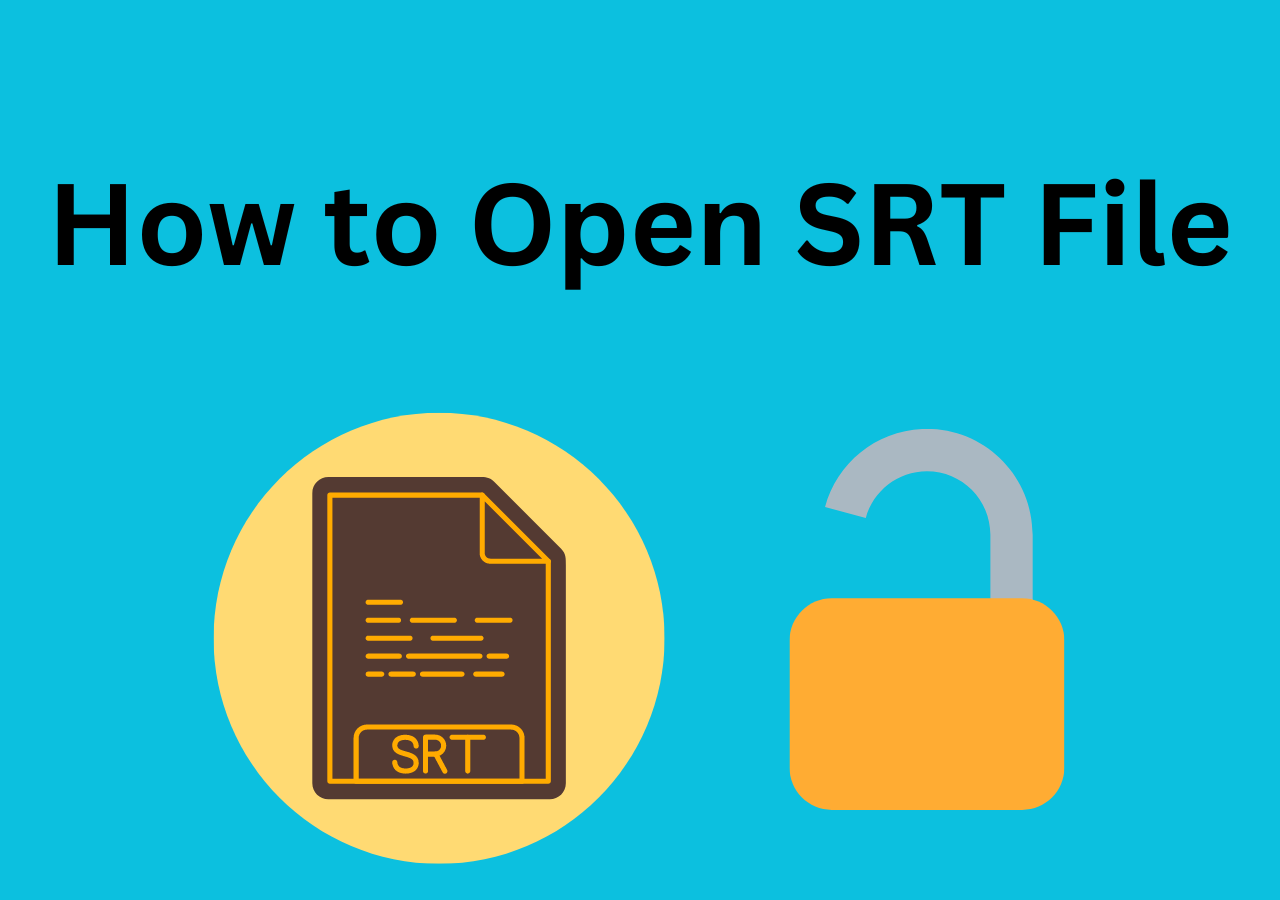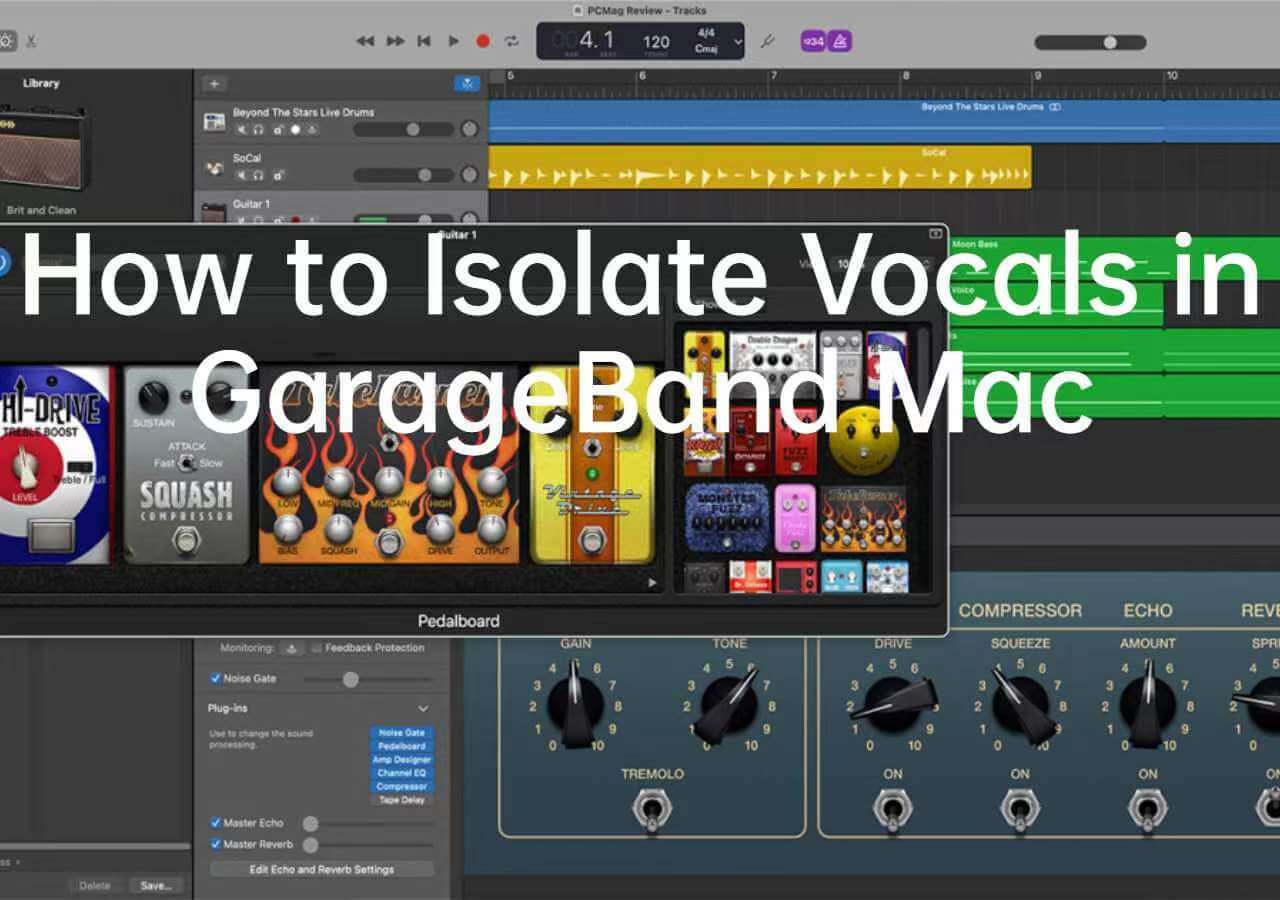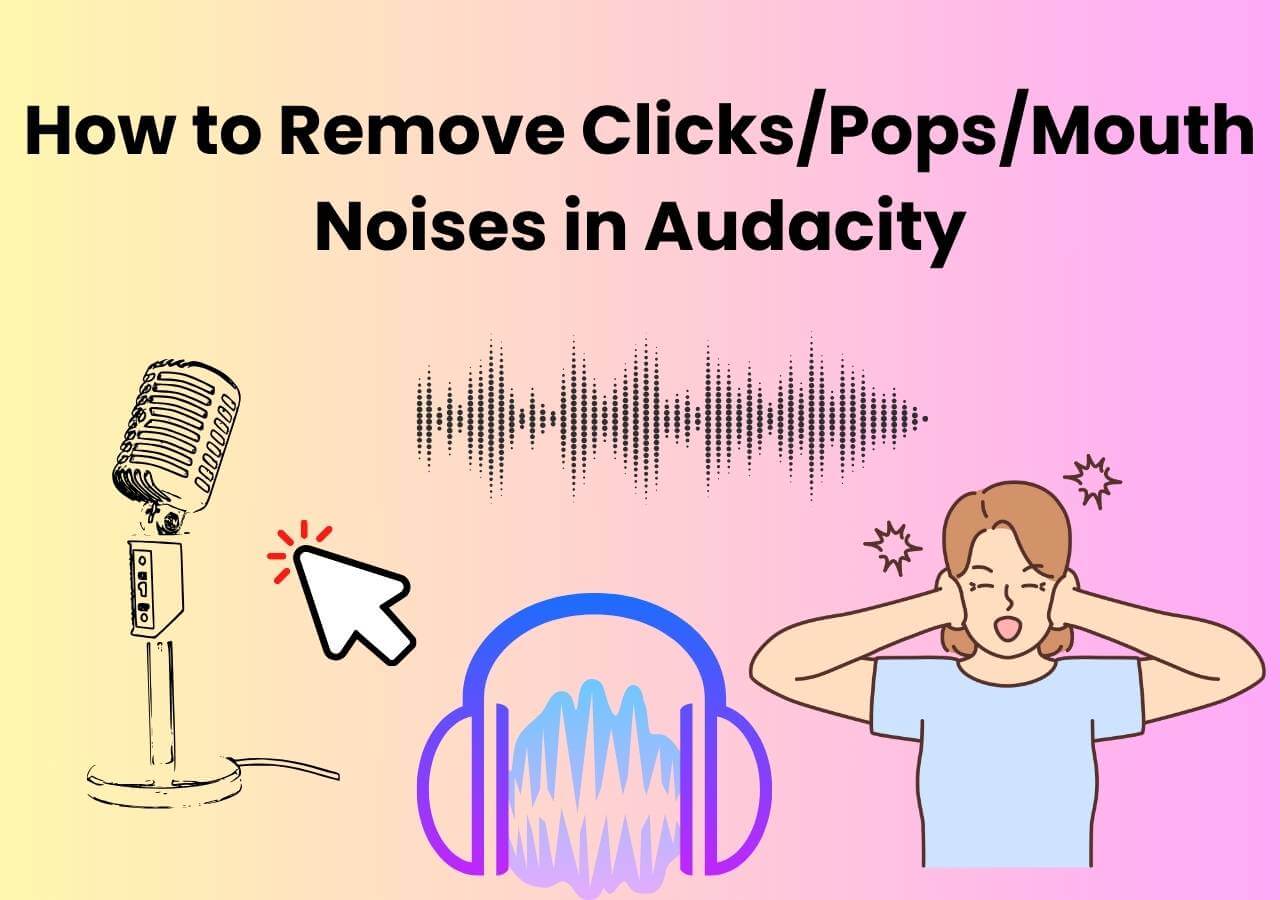-
Jane is an experienced editor for EaseUS focused on tech blog writing. Familiar with all kinds of video editing and screen recording software on the market, she specializes in composing posts about recording and editing videos. All the topics she chooses are aimed at providing more instructive information to users.…Read full bio
-
![]()
Melissa Lee
Melissa Lee is a sophisticated editor for EaseUS in tech blog writing. She is proficient in writing articles related to screen recording, voice changing, and PDF file editing. She also wrote blogs about data recovery, disk partitioning, data backup, etc.…Read full bio -
Jean has been working as a professional website editor for quite a long time. Her articles focus on topics of computer backup, data security tips, data recovery, and disk partitioning. Also, she writes many guides and tutorials on PC hardware & software troubleshooting. She keeps two lovely parrots and likes making vlogs of pets. With experience in video recording and video editing, she starts writing blogs on multimedia topics now.…Read full bio
-
![]()
Gloria
Gloria joined EaseUS in 2022. As a smartphone lover, she stays on top of Android unlocking skills and iOS troubleshooting tips. In addition, she also devotes herself to data recovery and transfer issues.…Read full bio -
![]()
Jerry
"Hi readers, I hope you can read my articles with happiness and enjoy your multimedia world!"…Read full bio -
Larissa has rich experience in writing technical articles and is now a professional editor at EaseUS. She is good at writing articles about multimedia, data recovery, disk cloning, disk partitioning, data backup, and other related knowledge. Her detailed and ultimate guides help users find effective solutions to their problems. She is fond of traveling, reading, and riding in her spare time.…Read full bio
-
![]()
Rel
Rel has always maintained a strong curiosity about the computer field and is committed to the research of the most efficient and practical computer problem solutions.…Read full bio -
![]()
Dawn Tang
Dawn Tang is a seasoned professional with a year-long record of crafting informative Backup & Recovery articles. Currently, she's channeling her expertise into the world of video editing software, embodying adaptability and a passion for mastering new digital domains.…Read full bio -
![]()
Sasha
Sasha is a girl who enjoys researching various electronic products and is dedicated to helping readers solve a wide range of technology-related issues. On EaseUS, she excels at providing readers with concise solutions in audio and video editing.…Read full bio
Content
0 Views |
0 min read
Audio ducking is a fundamental technique in audio production and sound management that plays a crucial role in ensuring the clarity and balance of audio content.
Whether you're watching a movie, listening to music, or engaged in a video call, audio ducking quietly works behind the scenes to create a seamless and enjoyable auditory experience.
In this article, we'll delve into the world of audio ducking, exploring what it is, how it works, and the myriad of situations where it is applied to enhance our audio interactions and make them more enjoyable and intelligible.
What Is Audio Ducking
Audio ducking is one of the primary audio processing techniques used to automatically adjust the volume levels of different audio sources to prioritize and ensure the clarity of one source over others.
It works by lowering the volume of one audio source when another audio track becomes active. Usually, you can use various audio options embedded in the audio editing software, such as a sidechain compression in iZotope or the ducking dialog box in Audition to control the ducking effect and amount.
This dynamic adjustment is commonly used in various contexts, such as film and television production, music production, podcasting, live events, and communication applications, to create a more balanced and intelligible audio experience.
By reducing the interference of background audio, audio ducking allows the primary audio source, like dialogue or a speaker's voice, to be heard clearly without the need for manual volume adjustments, enhancing the overall listening or communication experience.
When to Use Audio Ducking
Audio ducking sets apart audio signals and highlights the main audio track to get the narration or dialogue in the audio recording. It is often employed in various situations to remove background noise from audio.
Phone Calls and VoIP: Ducking the volume while making a phone call or video meeting on Skype or Zoom is very important. If background noise is in or outside the room, you cannot catch the point when a speaker is addressing.
Film and Television: If the background music rises above the dialogue, audiences cannot hear what the characters are saying. So, using audio duckling to lower the background sound is common.
Podcasting and Radio: When hosts or guests are speaking, employ the audio ducking feature to reduce background music or jingles and not interfere with vocal intelligibility.
Video Game Audio: Implement audio ducking in video games to decrease in-game sound effects or ambient sounds during crucial voiceovers or character dialogues, allowing players to hear essential information.
Music Production: In music production, separating vocals from instrumental elements like bass, piano, or drum in your mix is one of the most common ways.
In other situations, audio ducking is necessary, such as in language translation services, automated voice assistants, or live performances.
Share this post with others if it helps!
How to Use Audio Ducking
Most DAWs are equipped with facilities for audio ducking. While the details may differ from one software to another, the fundamental concept of using audio ducking remains consistent. Check out the following two main audio ducking software.
Audio Ducking in Premiere Pro🪄
Premiere Pro hides this feature in the essential sound panel (also using it to remove echo from audio in Premiere Pro) to add audio keyframes for volume control. This makes all the difference in the video during a conversation or dialogue.
To use the audio ducking in Premiere Pro, import your video clip to the DAW, and take it to the timeline, click the "Audio" atop to bring up the "Essential Sound" panel > "Ambience," and you can see the options now.

- Duck Against: Pick the audio content types to be affected - Dialogue, Music, Sound Effects, Ambience, or un-tagged clips.
- Sensitivity: Adjust the trigger threshold. Higher sensitivity prioritizes lower music volume and lower sensitivity for louder music. Middle-range settings react quickly during pauses in speech.
- Duck Amount: Set the reduction level for your music clip. Right for dramatic reduction, left for subtle changes.
- Fade Duration: Control the speed of volume adjustment. Fast for quick music and speech mixes, slow for background music behind voiceovers.
- Fade Position: Decide where the audio fade occurs concerning the dialog – outside, inside, or in the middle.
Here's another video for using this auto audio ducking in Premiere Pro.
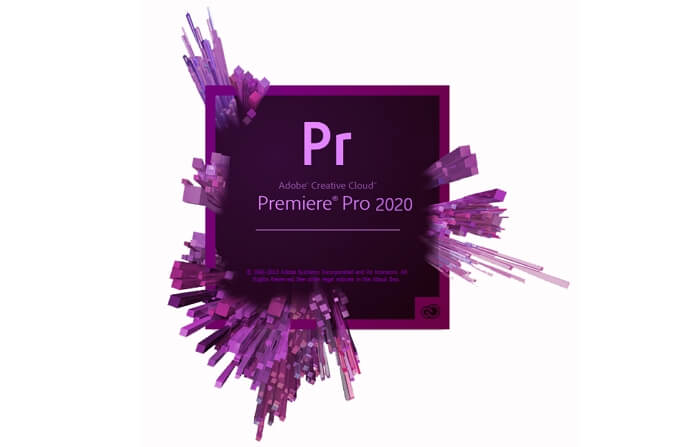
Audio Ducking in Adobe Audition📣
Adobe Audition also comes with an essential sound panel that helps fix distorted audio in Adobe Audition and enables auto-ducking for multitrack sources.
After you have loaded the audio or video clip in the Audition, you can right-click the clip and select "Insert into Multitrack" > "New Multitrack Session." Check "Ducking" and then you can see the options at the right of your screen.

- Ducking Against: Select the audio type to affect—speech, effects, ambiance, music, or untagged clips. Choose what's relevant for your project.
- Sensitivity: Adjust the threshold for background track adjustments. Higher sensitivity means more significant changes. Experiment to find the right setting.
- Reduce By: Set the volume reduction in dB. Higher values make it quieter, but be careful not to overdo it.
- Fades: The speed at which the ducker operates is determined by the fading. Faster audio might require a swift fade, while slower audio may benefit from a more gradual fade.
Of course, you can find answers in Audio Ducking on iPhone for mobile devices.
Audio Ducking Online🎶
Audio ducking sets the volume threshold for pop music and other audio types. You can separate vocals alone, however, and leave only the music and instrument part in a song or recording. This EaseUS online vocal remover will help you do that if you are looking for the best vocal remover. The tool removes all sorts of noises from the audio file using AI algorithm without artifacts or distortion made.
You can separate vocals from background noise and download the specific part you need. It supports MP3, WAV, AAC, AIFF, M4A, FLAC, and more file formats, and allows you to upload a single file of 350MB for up to 20 minutes. Visit the website to extract noise now
Reduce audio noise from recording online for free
Step 1. Visit the website and select the "Noise Reducer" option.
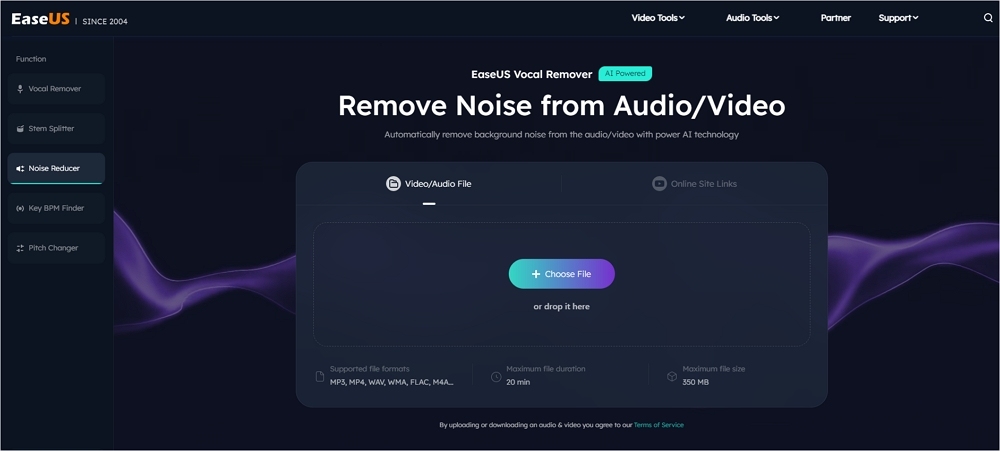
Step 2. Click "Choose File" or drag and drop the file in the area and wait for the AI analysis.
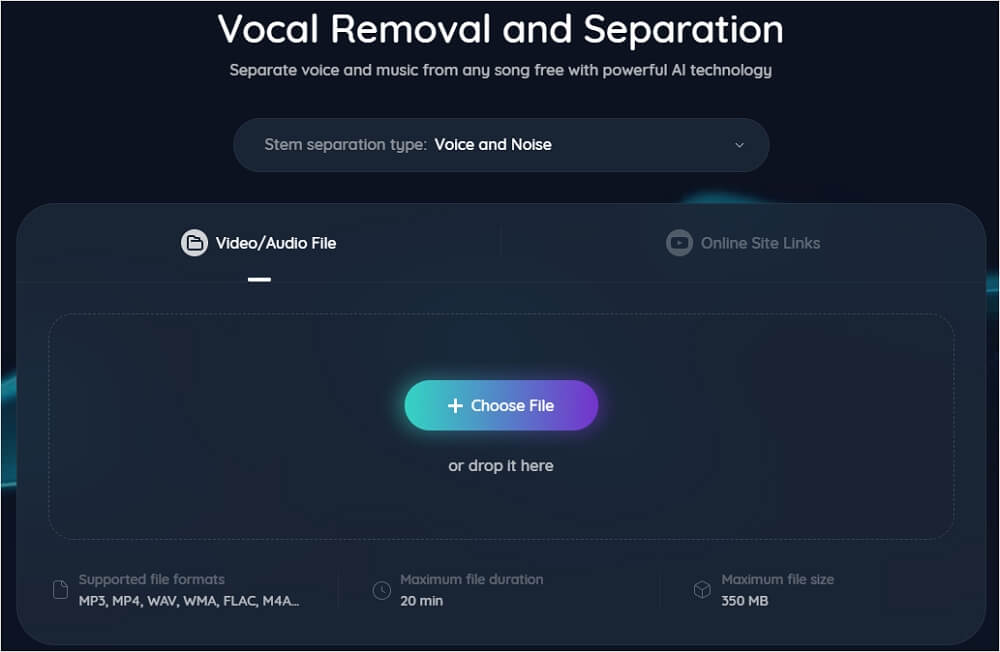
Step 3. Download the final work with noise removed.

Wrapping up
In conclusion, audio ducking is a versatile audio processing technique that plays a pivotal role in enhancing audio clarity and balance across various contexts. By automatically adjusting volume levels and prioritizing critical audio sources, it ensures a seamless listening experience.
As technology evolves, staying up-to-date with the latest tips and tools, like the 2023 advancements, is crucial for achieving optimal audio quality.
One such tool to explore is the EaseUS Online Vocal Remover, which simplifies audio manipulation, promising an even more dynamic audio experience in the modern age.
What Is Audio Ducking FAQs
1. Should I use audio ducking?
Whether to use audio ducking depends on your specific needs and context. Audio ducking is useful for maintaining clear audio in situations like multimedia presentations, live events, and content creation, as it automatically lowers background audio when important audio, such as voice communication or dialogue, is active. It can enhance the listening experience and improve accessibility.
However, consider your creative goals, as audio ducking may not suit scenarios requiring unique audio effects. Ultimately, its usage should align with your objectives and audience preferences.
2. What does ducking do to audio?
Ducking in audio automatically reduces the volume of one audio source when another becomes active. This ensures that the active audio source remains clear and audible without manual adjustments, making it particularly useful in situations like phone calls, live events, and multimedia presentations to enhance audio clarity and maintain a balanced listening experience.
3. What does auto ducking do?
Auto ducking adjusts audio levels automatically, lowering the volume of one audio source when another becomes active. This feature is employed to ensure that the active audio remains clear and prominent without requiring manual volume adjustments.

